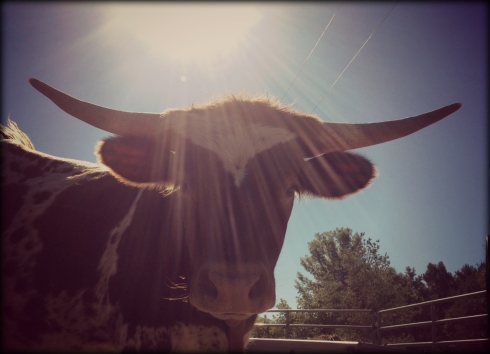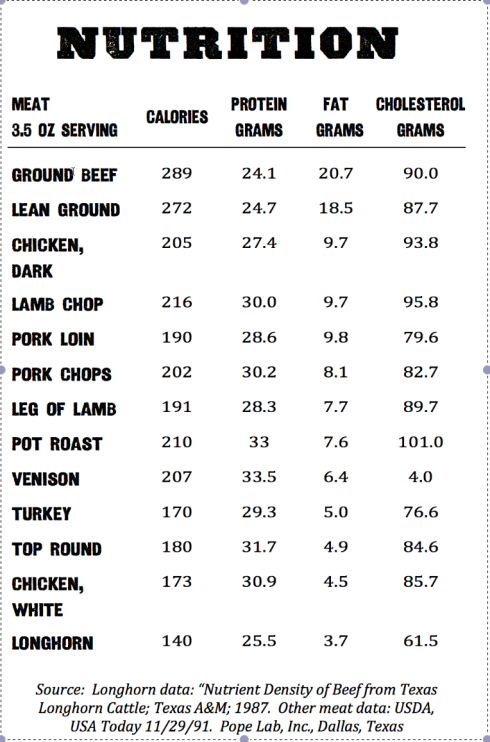For you today, as this house nurses stuffy noses and short fuses: a small but extremely accurate window into my marriage.
Curt was gone for most of last week, and to add salt to the wound, Mother Nature completely lost her mind while he was away. Six-foot snow drifts changing shape hourly like sand dunes made our road completely unpredictable. Snow piled up in the pastures and along the fence line covered up the bottom 2 of 5 rungs, effectively raising the ground by 2-feet in some cases.
The chickens huddled in their coop to avoid the wind, but the cows had no such luck. Personally, I nearly lost my boots in the back 40 post-holing to the water pump to refill. Like, literally. The snow came up to just above my knees- the last time I had such a serious cardiovascular workout was in college as a sports major. The children asked me why I was breathing so hard. When I told them I was tired from walking outside to check on the animals, Gideon asked me if he needed to call an ambulance. Ahem.
Curt returned late, late Wednesday night. Before he could even hug me and tell me how excited he was to be back in my presence, I launched into the following desperate and update that I had been holding in for three days:
Curtis James. The snow is so high. The cows are fine. I fed them. Their water is fine. They’re all happy. I mean, they’re not happy- they’re miserable. They stare at me and I think they are silently cussing at me. The wind is KICKIN’ out there. Today was nice. The sun was amazing. But, Curt… we got SO MUCH snow and the ground is so high now. Those cows can jump over the fence without any problem on a normal day… what if they walk over it now? What if they come up for a drink at the fountain and just keep walking? What if they all get out? I have been trying to figure out a plan in case they bailed on me. I mean, I can’t walk out there in the yard, the snow is so deep… how would I push them back into the gates? How would I even get some of the gates open? They’re iced shut! Who would help me? You were in Colorado! What if the cows slipped on the 2-inches of ice on the driveway? What if they took off down the road again? I would never be able to get them back alone in this kind of weather. I almost died taking the trash out. And if they came back on their own, they’d be so amped up that they’d hurt themselves on the ice. And then what would I do? Call Doug? Call the vet? Oh, man. You saw that you can’t get through to 6 Mile, right? We wouldn’t be able to get the tractor through some of those back fields to surround them and we wouldn’t be able to get up the hill FOR SURE. Lawd, Curt. It’s a little nuts. Everything’s totally fine, but the snow is making me nervous.
Curt took off his coat in our bedroom and stared out the window where the yard met the pasture. He sat down quietly on the bed and began to unlace his shoes.
The cows won’t jump the outside fence, Kate. There’s no green grass or corn growing to entice them. All their food is inside the fence.
*blinkblink*
I am so glad you’re home.
Every day, Folks.
EVERY. DAY.









































